HOAX
HOAX
Hitlers Diaries, Lincolns Assassins, and Other Famous Frauds
EDWARD STEERS JR.
Foreword by Joe Nickell

Copyright 2013 by The University Press of Kentucky
Scholarly publisher for the Commonwealth, serving Bellarmine University, Berea College, Centre College of Kentucky, Eastern Kentucky University, The Filson Historical Society, Georgetown College, Kentucky Historical Society, Kentucky State University, Morehead State University, Murray State University, Northern Kentucky University, Transylvania University, University of Kentucky, University of Louisville, and Western Kentucky University.
All rights reserved.
Editorial and Sales Offices: The University Press of Kentucky
663 South Limestone Street, Lexington, Kentucky 40508-4008
www.kentuckypress.com
17 16 15 14 13 5 4 3 2 1
Library of Congress Cataloging-in-Publication Data
Steers, Edward.
Hoax : Hitlers diaries, Lincolns assassins, and other famous frauds / Edward Steers, Jr. ; foreword by Joe Nickell.
p. cm.
Includes bibliographical references and index.
ISBN 978-0-8131-4159-6 (hardcover : alk. paper) -
ISBN 978-0-8131-4160-2 (epub) -- ISBN 978-0-8131-4161-9 (pdf)
1. FraudHistory. 2. HoaxesHistory. 3. Impostors and impostureHistory. I. Title.
HV6691.S687 2013
001.95dc23 2012047314
This book is printed on acid-free paper meeting the requirements of the American National Standard for Permanence in Paper for Printed Library Materials.

Manufactured in the United States of America.
 Member of the Association of American University Presses
Member of the Association of American University Presses
To Pat
You touched my heart in places I never even knew.
History is a set of lies agreed upon.
Napoleon Bonaparte
At the heart of good history is a naughty little secret: good storytelling.
Stephen Schiff
To steal ideas from one person is plagiarism. To steal from many is research.
Steven Wright
Contents
Foreword
This book asks some of historys grandest questions: Did Mark Hofmann discover sensational documentsfrom the first example of printing in America to historical Mormon writingsthat helped shape American history? Was the bombing of Pearl Harbor a consequence of treason in the Oval Office? And did madman Adolf Hitler actually pen a revealing multivolume set of diaries? Has the very burial cloth of Jesus, mysteriously imprinted with his haunting visage, survived the ages? Was the Holy Grail of paleontology, the long-sought missing link, discovered in, of all places, a gravel pit in England? And could lost pages from John Wilkes Booths diary provide the true, shocking account of Abraham Lincolns assassination?
Given this books title, one can expect that the answers are no, no, no, no, no, andyesno. Yet the emphatic, simple answers belie the wonderful stories that are behind each question, and then the additional, intriguing stories behind each revelation.
For these are not mere hoaxes, like the Feejee Mermaid once exhibited by P. T. Barnum. The showman later admitted it was indeed a questionable, dead mermaid, a work of creative taxidermy. Today, no one passionately clings to the belief that the now-lost curio was authentic, despite several originals that occasionally remind us of the humbug.
In contrast, the cases presented in Hoax endure. They are not just hoaxes in history, but all would attempt, quite literally in a few instances, to rewrite historya measure of their importance. Some continue to deceive, while others, although generally accepted as deceptions, offer lessons in how to pick our future steps through historys minefields. Moreover, these cases required teams of investigators and scientists to ferret out the facts, often employing a bewildering array of sophisticated forensic techniques or an exhaustive study of obscure but relevant documents, or both.
Just presenting the evidence in a readable fashion in such cases is a daunting task that many writers necessarily avoid, but Edward Steers Jr. is up to the challenge. As a scientist (a molecular biochemist) turned acclaimed historian, he utilizes his enviable background and considerable talents to sort facts from pseudofacts, and he writes clearly in the process. In contrast to many other authors of books on famous hoaxes, he discusses each case fully in its historical context. His is not just a presentation of great deceptions and a treatise on credulity; it is also an engaging seminar, both on how facts and falsehoods vie for belief and on the interplay of history and science.
Along this inviting journey back in time we get ringside seats to an archaeological dig where legerdemain prevailed, to episodes of bravado and folly in the lead-up to Americas war in the Pacific, and to the meticulous production of some of the worlds most cunning forgeries, as well as to the further outrageous actsincluding bombing murdersthat were attempted to hide the trickery. Ultimately, even perhaps a bit uncomfortably, we encounter that most revealing of elements: the nearly unstoppable impulse, the frequent headlong rush to believe in fraudulent history and science when they tell us what we want to hear.
But as Steers shows us again and again, if we wish to know the truth in historical matters, we cannot begin with a desired answer and work backward to the evidence, seeking to bolster our belief. Instead, we must find the best evidence, let it lead us where it will, and then believe what it proves, like it or not.
Such an approach requires toughness of mind and spirit, but we have a guide who is both principled and fearless. So turn the page and let the adventures begin. Or as Sherlock Holmes, candle in hand early one morning, urged (in The Adventure of the Abbey Grange): Come, Watson, come! The game is afoot. Not a word! Into your clothes and come!
Joe Nickell
Senior Research Fellow
Committee for Skeptical Inquiry
Amherst, New York
Introduction
Snap, Crackle, and Pop
Wanting to believe is the first of the two most powerful emotions involved in the success of a hoax or forgery. The second is greed. Greed is a harsh term, but in the end it is an accurate characterization of one of the motivations behind being duped by the forger or taken in by the hoax. Believing (the desire to believe what you hear or see) turns out to be the most powerful narcotic in causing people to accept forgeries and hoaxes. This is certainly true when it comes to the Shroud of Turin. Wanting to believe can cloud a persons ability to think clearly and analytically. I have personally experienced several situations in which a forger has victimized an individual because the power of wanting to believe was stronger than all other rational thoughts. In several of the incidents where I was asked to pass judgment on a particular item, the victim sought proof only after having completed the purchase and paying out large sums of money, and with no provision to recover the money if the object proved other than authentic. Wanting to believe often dulls the mind.
My career as a scientist specializing in molecular biology and protein biochemistry exposed me to a wide variety of chemical and biological tests in the course of forty years of experimentation. Proficiency in spectroscopy, chemistry, and microscopy was essential to biomedical research. The public has come to learn that science and medicine can accomplish amazing things through the application of technology. The most common example today is that of DNA analysis, which has gained widespread attention in recent years, to the point where the average person has a reasonable understanding of what DNA is and of the power of DNA analysis in identifying individuals to nearly an absolute certainty. There are hundreds of biological and chemical tests in the scientists arsenal that allow the identification of materials with objective certainty. For instance, blood groups can be determined with 100 percent accuracy, as opposed to handwriting analysis, which is highly subjective and frequently demonstrates a level of accuracy well below 100 percent and often below 50 percent. But even the most precise testing can prove inadequate if not applied properly.


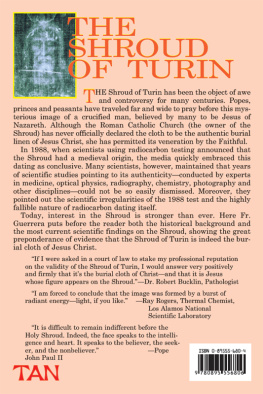

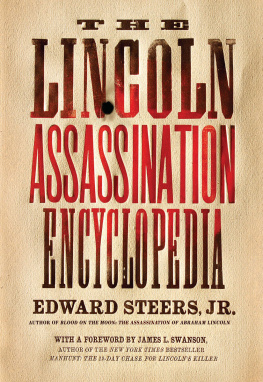
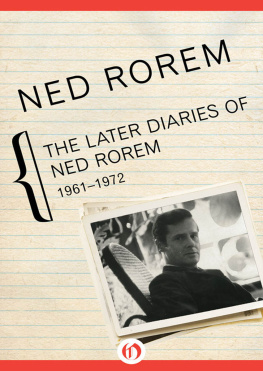
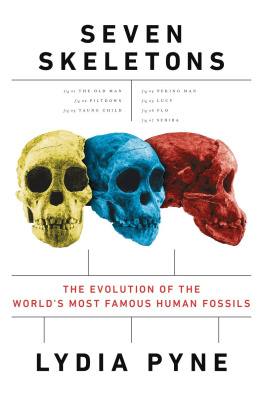
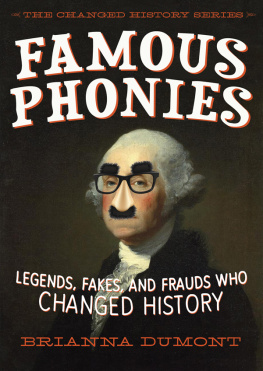
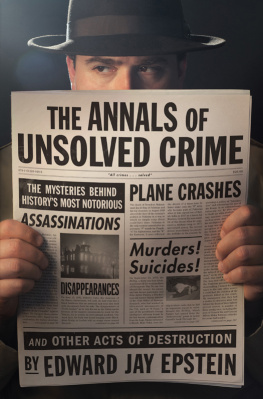



 Member of the Association of American University Presses
Member of the Association of American University Presses